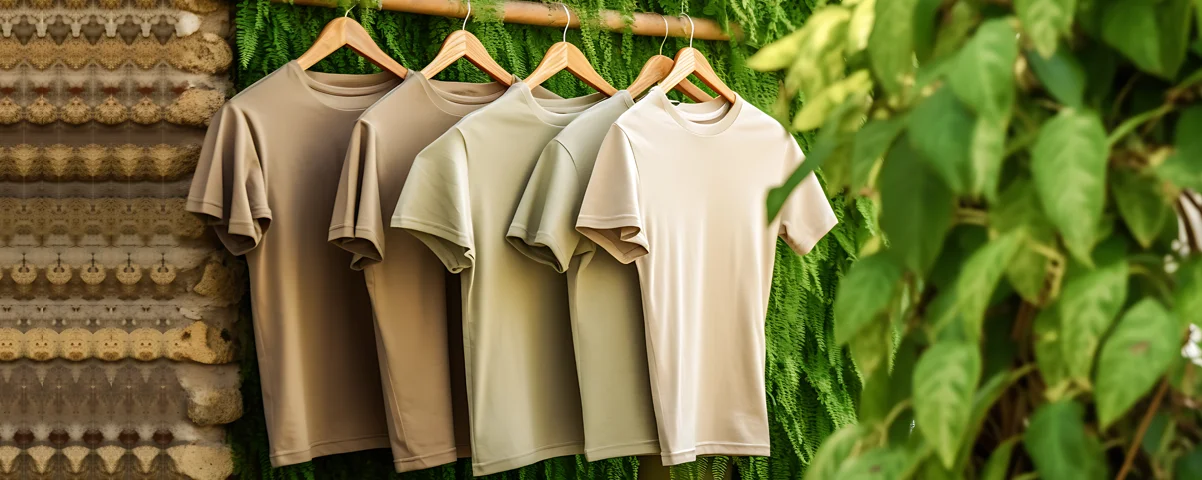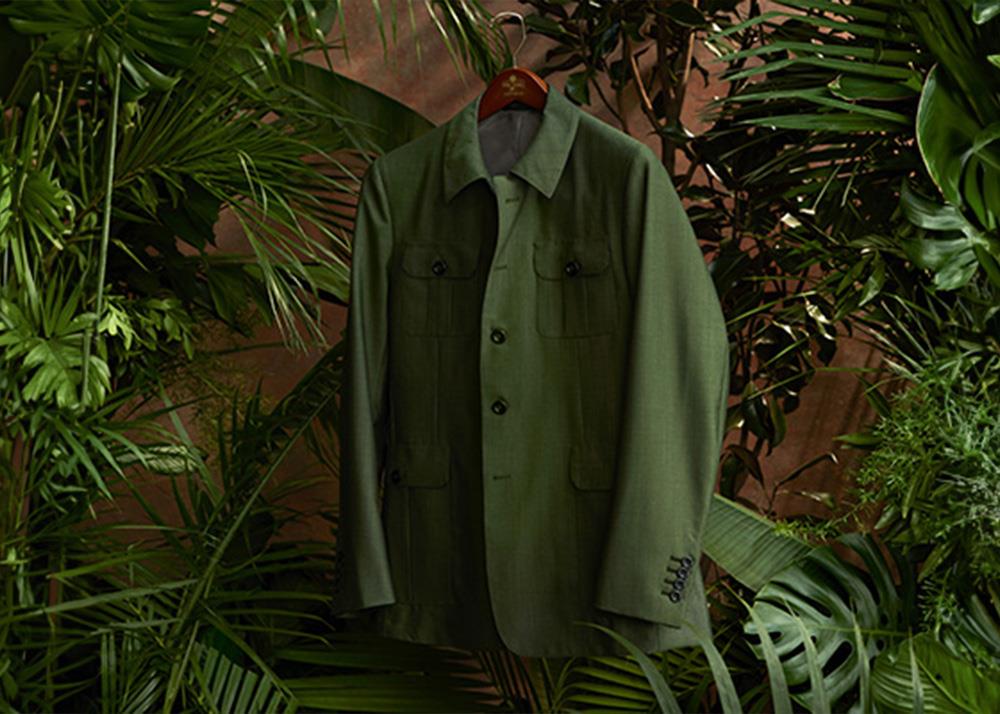Stay Ahead of the Contour by Exploring Innovative Fashion Trends
In a market as vibrant as fashion, staying ahead includes even more than just following present patterns-- it demands an expedition of advancement. The convergence of modern technology and style declares a brand-new period of consumer engagement.

Welcoming Smart Textiles
In current years, the style market has actually experienced a transformative change with the assimilation of clever textiles, an advanced innovation that blends technology with fabric. This advancement represents not just a blend of aesthetic appeals and functionality however likewise a significant jump towards sustainability and customization in style. Smart fabrics, also referred to as e-textiles, installed innovative electronics such as sensors and conductive threads within the textile, allowing garments to engage with the user or the setting.
These fabrics are developed to keep track of physical specifications, such as heart rate or body temperature level, supplying real-time health and wellness analytics. Past health applications, smart fabrics are additionally being used for flexible garments, which can transform color or pattern in feedback to environmental stimuli, thus providing a dynamic fashion experience.
Moreover, the development of energy-harvesting textiles that generate power from activity or sunshine is leading the method for self-dependent wearable innovation. This technology is interesting ecologically mindful consumers and developers intending to minimize the environmental footprint of fashion. As research and growth in this area advancement, smart fabrics are expected to end up being significantly prevalent, reshaping the landscape of modern-day style with their multifunctional capacities.
The Increase of 3D Printing
Changing the production landscape, 3D printing has actually emerged as a game-changer in the fashion business. This sophisticated technology has actually made it possible for designers to press the boundaries of imagination, creating intricate and customized garments that were formerly unimaginable. By leveraging electronic style and additive manufacturing, 3D printing promotes the production of complicated geometries and patterns, permitting developers to explore brand-new textures and structures.
A significant advantage of 3D printing in vogue is its capability to produce on-demand, minimizing waste and minimizing supply needs. This performance not just maximizes production processes yet additionally permits for rapid prototyping, making it possible for developers to bring their visions to life in a much shorter duration. Furthermore, 3D printing sustains modification to a level unrivaled by typical approaches, using customized fits and one-of-a-kind layouts tailored to private customer choices.
The rise of 3D printing has actually likewise equalized fashion, making it obtainable to emerging developers that can now produce top quality items without significant monetary investment in traditional manufacturing framework. As innovation remains to advance, the fashion business is poised to harness the full capacity of 3D printing, checking out new products and strategies that will most certainly redefine just how fashion is conceived and produced.
Lasting Style Innovations
As the fashion business grapples with the pushing requirement for environmental obligation, sustainable fashion developments have emerged at the forefront of transformative modification. The growing awareness of environmental impact has sustained a change towards even more eco-conscious methods and products. Designers and brand names are now focusing on sustainability, integrating approaches that minimize waste and minimize carbon impacts.
One considerable development is the surge of circular style, which stresses recycling and upcycling to expand the lifecycle of garments. This technique not just lowers waste however additionally urges consumers to adopt an extra mindful technique to clothes usage.
An additional innovation exists in the adoption of ingenious dyeing strategies that utilize waterless processes or all-natural dyes, thereby decreasing the vast quantities of water and chemicals generally utilized in fabric dyeing. Furthermore, improvements in biotechnology have actually caused the production of lab-grown natural leather and materials, using cruelty-free and eco-friendly options to traditional products. With these introducing efforts, the style industry is making meaningful strides towards an extra sustainable future.

Tech-Integrated Clothing
Tech-integrated apparel represents a groundbreaking fusion of fashion and innovation, improving how people communicate with their clothes. This cutting-edge domain is noted by the addition of clever textiles and embedded electronic components, enhancing both capability and visual charm. From physical fitness trackers installed in sportswear to heated jackets regulated by means of smartphone apps, tech-integrated apparel provides consumers unmatched ease and flexibility.
Introducing brand names are driving this trend, concentrating on creating garments that react to environmental stimuli or individual commands. As an example, some garments can change color or pattern in action to temperature changes, while others incorporate biometric sensing units to monitor wellness metrics like heart rate or tension degrees. The smooth assimilation of innovation into textiles likewise reaches ecological sustainability, with initiatives to establish self-cleaning textiles or garments that adjust to climate condition, hence lessening the requirement for multiple layers.
Moreover, the arrival of wearable innovation is not simply limited to clothing however reaches accessories like watches and eyewear, further widening the scope of tech-integrated fashion. As the sector remains to innovate, the capacity for modification and personalization in apparel navigate to this website expands, offering customers one-of-a-kind, tech-enhanced fashion experiences that cater to their individual requirements and preferences.
Future of Virtual Fashion
In recent years, the future of virtual fashion has actually emerged as a transformative force within the sector, leveraging advancements in digital innovation to redefine how fashion is developed, experienced, and consumed. By incorporating augmented truth (AR), digital truth (VR), and 3D design tools, designers can currently craft interactive and immersive experiences that transcend typical style limits. Virtual fashion permits the production of garments that exist exclusively in electronic atmospheres, providing countless opportunities for development without the restrictions of physical production.
This electronic shift not just provides possibilities try this site for creative expression however also addresses sustainability concerns integral in standard fashion techniques. Cape Town Sustainable Fashion. By eliminating the demand for physical sources, virtual fashion lowers waste and decreases carbon footprints. In addition, the rise of digital fashion lines up with the boosting customer need for personalized and special experiences, as digital garments can be customized and customized to private preferences with simplicity

Conclusion
The fashion market's future lies in the combination of ingenious innovations and lasting techniques. Online style is poised to redefine customer communications.
In current years, the style industry has actually witnessed a transformative shift with the assimilation of clever fabrics, an innovative technology that mixes innovation with fabric.As the fashion sector grapples with the pressing requirement for environmental responsibility, lasting fashion innovations click this site have emerged at the forefront of transformative adjustment.In current years, the future of digital style has actually arised as a transformative pressure within the industry, leveraging advancements in digital technology to redefine exactly how fashion is created, experienced, and taken in. The increase of virtual fashion lines up with the raising customer demand for special and tailored experiences, as digital garments can be customized and customized to specific choices with ease.
The fashion industry's future lies in the assimilation of ingenious innovations and sustainable techniques.